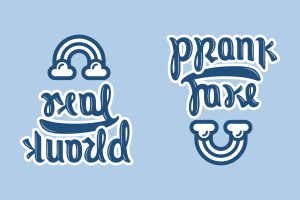
 Deepfake images — entirely fabricated yet all but impossible to distinguish from something real — are undoubtedly coming to a screen near you, if they are not in fact already there. Driven by the increasing capability and accessibility of AI systems, deepfake technology is fraught with promising applications, ethical perils, and all manner of worrying implications for public trust in media everywhere. The WFSJ is therefore pleased to be bringing a discussion of these challenges to this year’s World Congress of Science and Factual Producers (WCSFP).
Deepfake images — entirely fabricated yet all but impossible to distinguish from something real — are undoubtedly coming to a screen near you, if they are not in fact already there. Driven by the increasing capability and accessibility of AI systems, deepfake technology is fraught with promising applications, ethical perils, and all manner of worrying implications for public trust in media everywhere. The WFSJ is therefore pleased to be bringing a discussion of these challenges to this year’s World Congress of Science and Factual Producers (WCSFP).
The WCSFP is a not-for-profit, member-driven organization science and factual producers, broadcasters and content providers from around the world. Each year it hosts a conference to showcase the people, ideas, and trends that are defining how we tell stories about science and technology. This year’s event will take place from 30 November to 2 December, featuring contributions from on-camera celebrities such as Jeff Goldblum and Mayim Bialik, as well as behind-the-scenes experts like Katie Ewer, who was part of the team responsible for the documentaries Vaccine: The Inside Story (BBC) and Race for the Vaccine (CNN).
The WFSJ’s exploration of deepfakes, “How Far is Too Far?”, considers the challenges posed by this remarkable innovation. Produced by WFSJ Board Member Andrada Fiscutean and moderated by Cairo-based science journalist Pakinam Amer, this session will present perspectives from filmmaker and investigative journalist David France and sound artist Halsey Burgund. Their exchanges at WCSFP will appear on 2 December. Register here for this year’s Congress, which is to include in-person social networking in selected locations that will be announced.